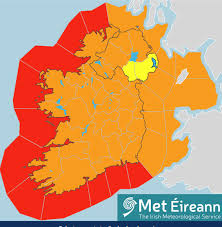A Deep Dive into the Shetland Islands

Introduction
The Shetland Islands, located north of mainland Scotland, are an archipelago known for their stunning landscapes, rich cultural heritage, and unique wildlife. With over 100 islands, only 15 of which are inhabited, the Shetlands offer an extraordinary blend of historical significance and natural beauty. Understanding the importance of the Shetland Islands not only highlights their tourist appeal but also underscores their environmental and cultural contributions to Scotland.
The Shetland Islands: Geography and Nature
The Shetland Islands cover approximately 1,466 square kilometres, making them a remarkable location for nature enthusiasts. Characterised by rugged coastlines, dramatic cliffs, and rolling hills, the islands boast a diverse array of habitats. The most famous natural landmark, Sumburgh Head, serves as a vital bird sanctuary, attracting seabirds including puffins and gannets. Recent studies indicate that the islands are home to over 300 species of birds, making them a hotspot for birdwatchers.
Cultural Significance
The islands are steeped in history, with evidence of human settlement dating back over 6,000 years. From Norse influences visible in place names to remnants of ancient tombs and structures, the Shetlands tell a fascinating story of their past. The capital, Lerwick, hosts an array of cultural events, including the renowned Up Helly Aa fire festival, which celebrates Viking heritage each January, drawing visitors from across the globe.
Current Events and Tourism Impact
Recent statistics have shown a surge in tourism to the Shetland Islands, with a 20% increase in visitor numbers from 2022 to 2023. Local businesses have embraced this trend, showcasing artisanal crafts, local cuisine, and guided tours that enhance the visitor experience. However, this rapid growth poses challenges, including sustainability and the preservation of the islands’ unique culture and ecology. Authorities are now focusing on sustainable tourism practices to maintain the delicate balance between development and conservation.
Conclusion
The Shetland Islands stand as a unique destination that marries breathtaking natural beauty with a tapestry of rich history and culture. As tourism continues to rise, it is imperative that both visitors and locals commit to preserving the islands’ environment and heritage. Looking ahead, the Shetland Islands promise to remain a significant part of Scotland’s cultural landscape, continuing to attract those seeking adventure, history, and a deep connection with nature.









